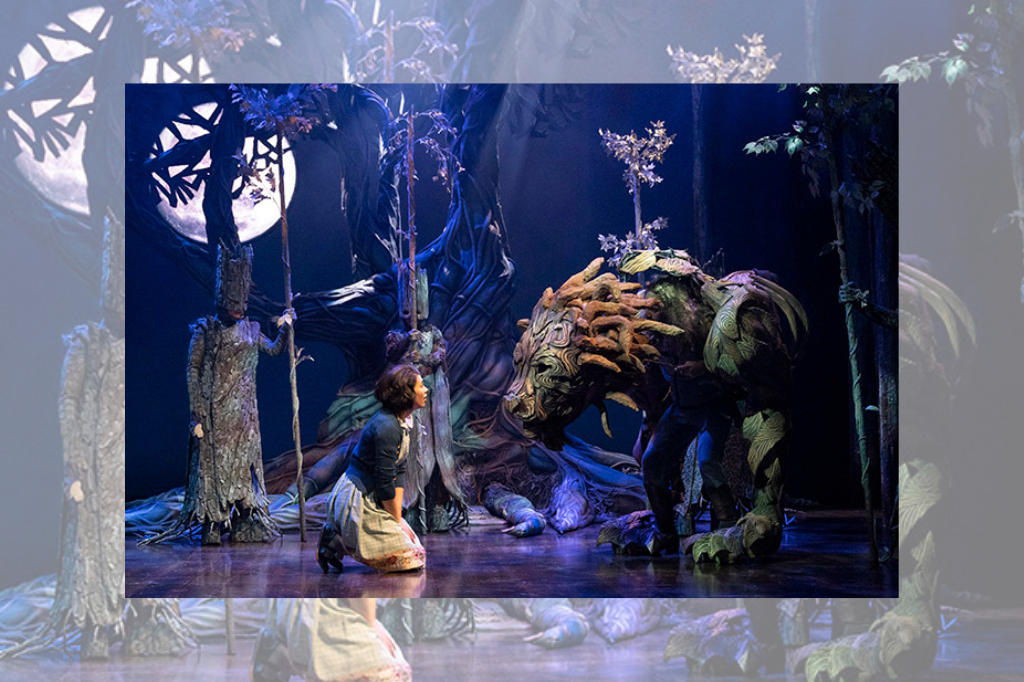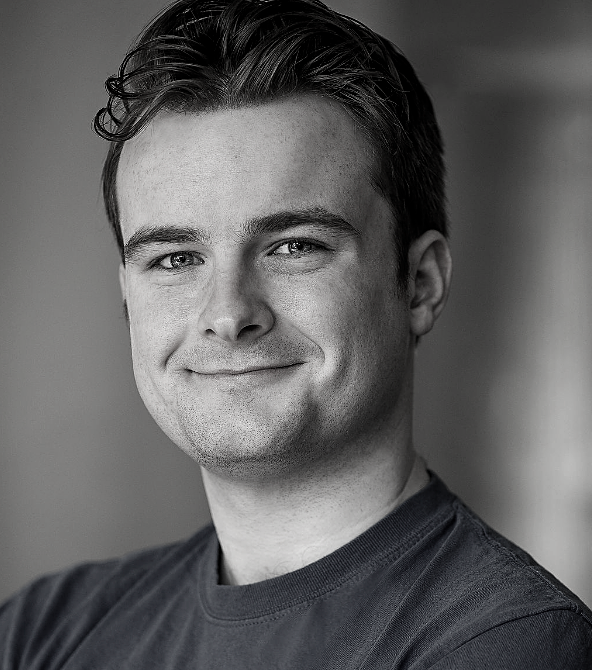REVIEW: Prince Caspian at the Shaw Festival
As far as shows about magical British schoolchildren go, Prince Caspian, the third Shaw Festival Chronicles of Narnia adaptation since 2018, is humbler in scale than Mirvish’s production of Harry Potter and the Cursed Child.
But like the Potter product, Prince Caspian’s lavish design is its main draw. Director Molly Atkinson ably conjures the Narnia atmosphere, and there’s enough magic to awe those in booster seats. Its pacing, however, is a bit shaky: there’s too much exposition, too little action.
The show, adapted by Damien Atkins from the fourth book in C.S. Lewis’s fantasy series, begins with a long direct address monologue from Shaw veteran Fiona Byrne, who plays the titular character’s tutor. The tranquil speech serves to welcome young audiences into the theatre — it may, after all, be their first time. She ribs that they’re here against their will, gives narrative context, and introduces stage lights, which she labels “magic.”
Then we’re off to a chilly English train station. Our protagonists, the four Pevensie children — wide-eyed Lucy (Kiana Woo), neurotic Edmund (Andrew Lawrie), rational Susan (Marla McLean), and keen Peter (Kyle Blair) — sense magic in the air. They grab hands and teleport to Narnia, where, we learn, they were previously made royalty.
But something’s different. The land, once majestic, is overgrown with weeds.
And danger.
From a gruff dwarf named Trumpkin (Shane Carty), the children learn what’s befallen their treasured realm. Most crucially, 1,300 years have passed (Narnian time moves faster), and Miraz (Sanjay Talwar), a tyrannical, magic-loathing king, has taken over. Trumpkin is part of a rebel alliance led by the fiery Prince Caspian (Michael Man), Miraz’s nephew and the discarded rightful heir to the throne. By blowing a horn supposed to provide magical assistance, Caspian summoned the Pevensies to Narnia.
The show takes most of its first act to deliver the above plot information. Trumpkin’s recountment eventually gives way to a more lively theatrical reenactment, but it still takes strangely long to deliver the simple context that someone in Narnia has blown a horn. It doesn’t help that this is time away from catching up with the Pevensies, the actual protagonists of the story. First-time Narnia visitors will certainly understand the plot; the characters perhaps less so.
But the second act is much more exciting. The rebels go to war, and there are elaborate sword fights (dynamically choreographed by John Stead). Lucy emerges as the show’s emotional core, providing a wonderful showcase for the always reliable Woo in her Shaw debut.
Lawrie also gets the chance to shine. While there’s lots of slow, heightened speech in the show, Edmund is the comic relief, and Lawrie’s faster, more contemporary cadence effectively ruptures the otherwise staid tone.
The centrepiece of Cory Sincennes’s flexible set is a colossal, slightly disfigured tree. Its bark is so ridged that it seems almost to have veins — appropriate, as Narnian trees are more alive than most. Another key set piece is Cair Paravel, the crumbling ruin that the Pevensies are first teleported to; its gray, artificial-looking stone has a digital, Breath of the Wild-like quality.
Jareth Li’s tactile lighting design prioritizes blues and greens, imbuing the decaying Narnia with a surprising marshiness. Cycloramas can have the tendency to distract, but Li uses one expertly, its bright light combining with Sincennes’s tree to create a striking silhouette.
But the show’s most evocative world-building tool is Sincennes’s excellent costume design. The Pevensies are dressed in dorky pastel sweaters with garish patterns, a vibrancy juxtaposed by the Narnian rebels, who wear uncoordinated, loose-fitting earth tones. Miraz’s squad contrasts both: they abound in metal, regal patterns, and perfect coordination. It’s clear who’s in power.
Like the previous Shaw Narnia installments, Prince Caspian has an interactive element. For $5, you can take part in a 40 minute pre-show workshop called Narnia Needs Your Help. I’m not sure exactly what goes on, but attendees seem to learn interactive callouts to shout at key moments — like a family-friendly Rocky Horror Picture Show. I’m sure this is fun to participate in, but it was almost more exciting to be surprised by them.
This Prince Caspian has its flaws, but it should still satisfy anyone with an itch for family-friendly high fantasy. And when, out of nowhere, hundreds of children start vocalizing the sound of an oak hitting the earth? Yeah — that’s magic.
Prince Caspian runs at the Shaw Festival through October 8. Tickets are available here.
Intermission reviews are independent and unrelated to Intermission’s partnered content. Learn more about Intermission’s partnership model here.















Comments